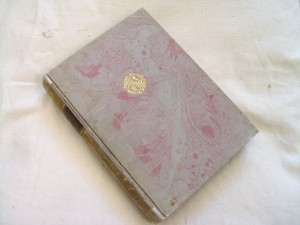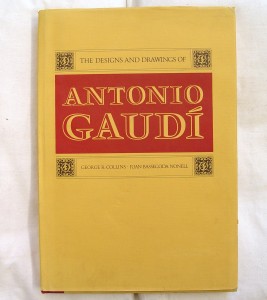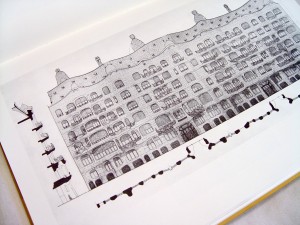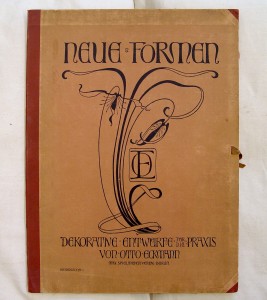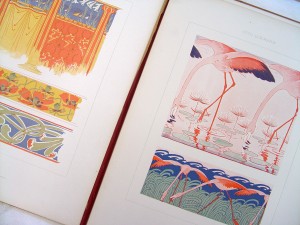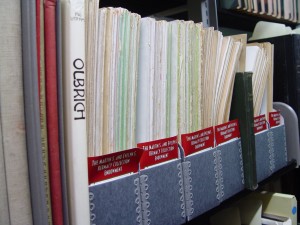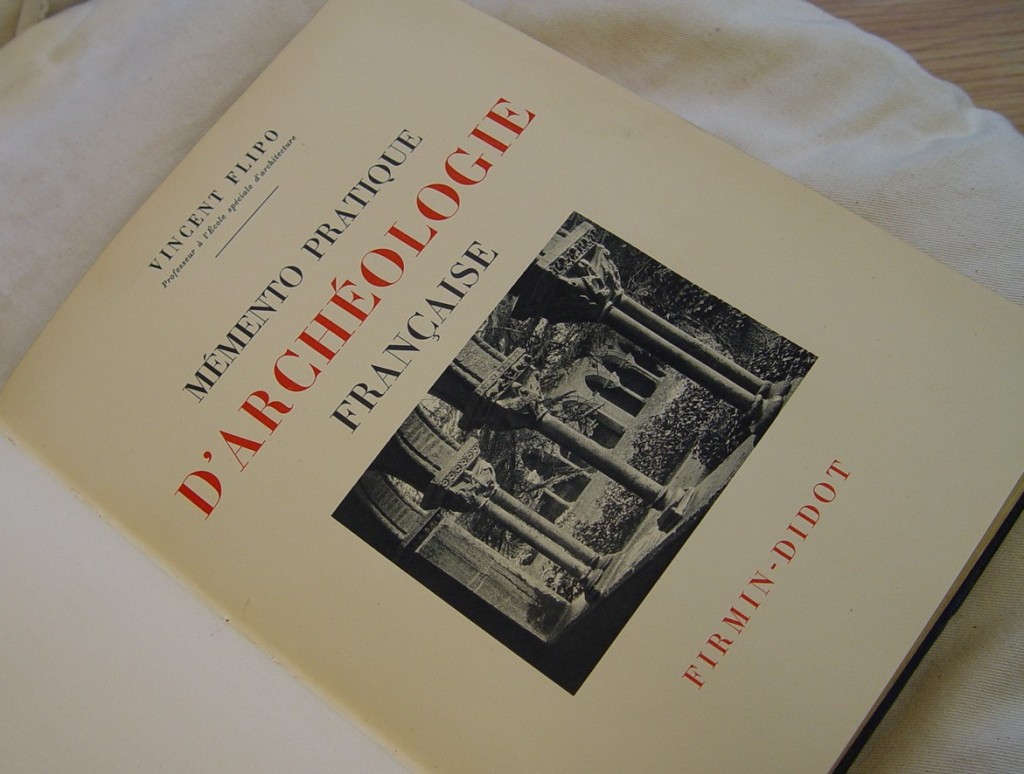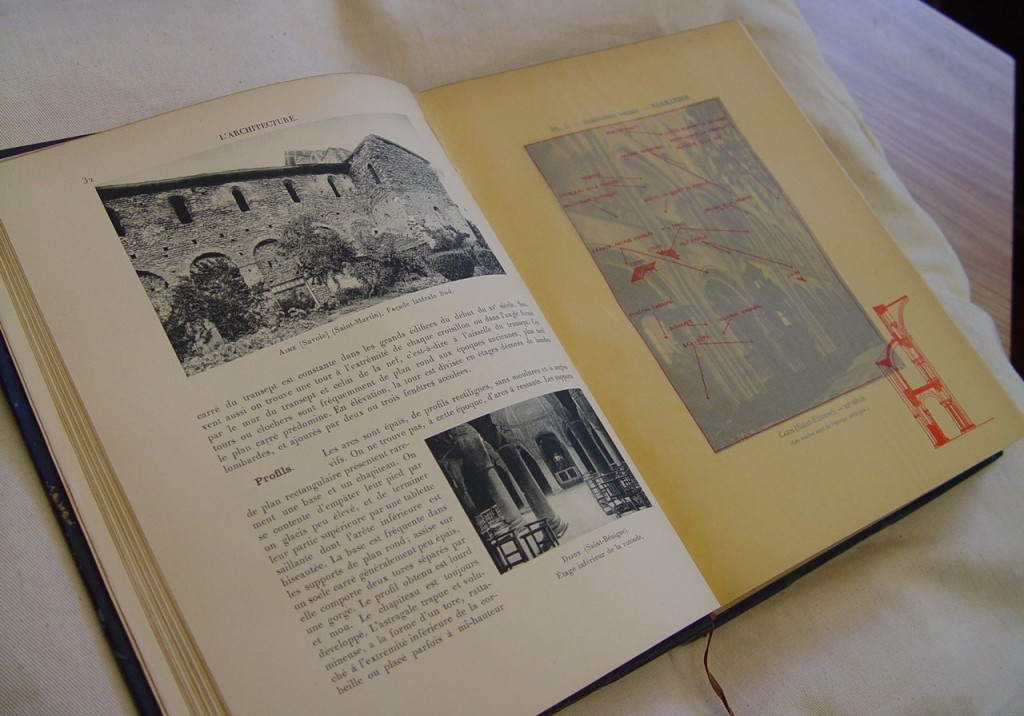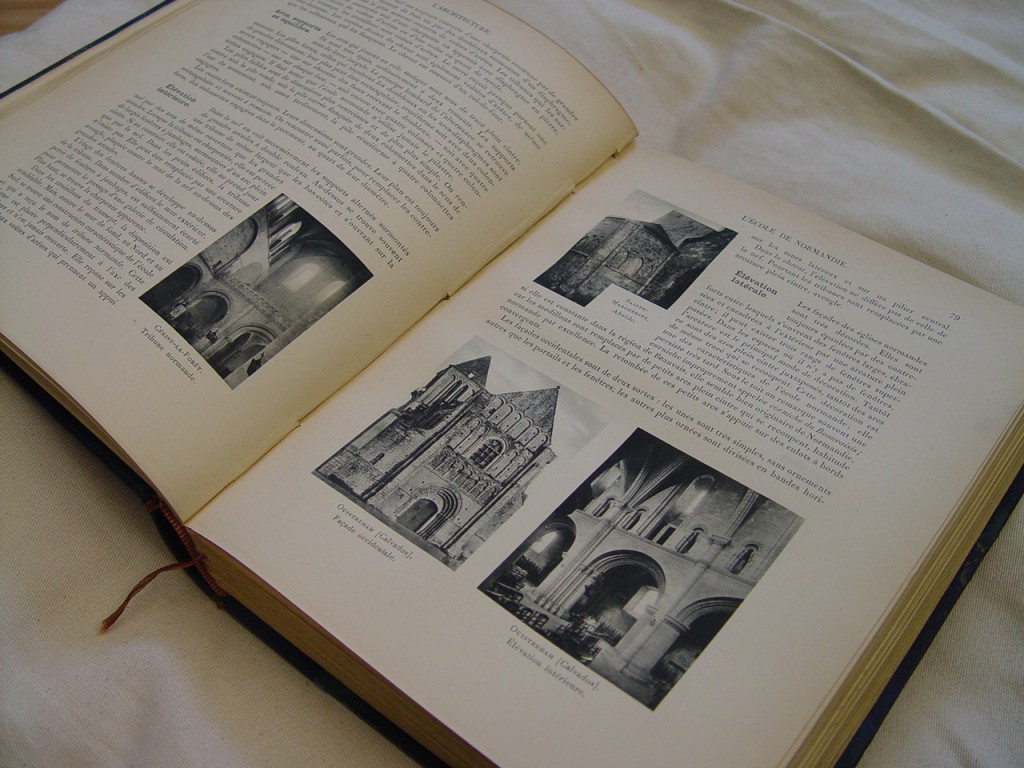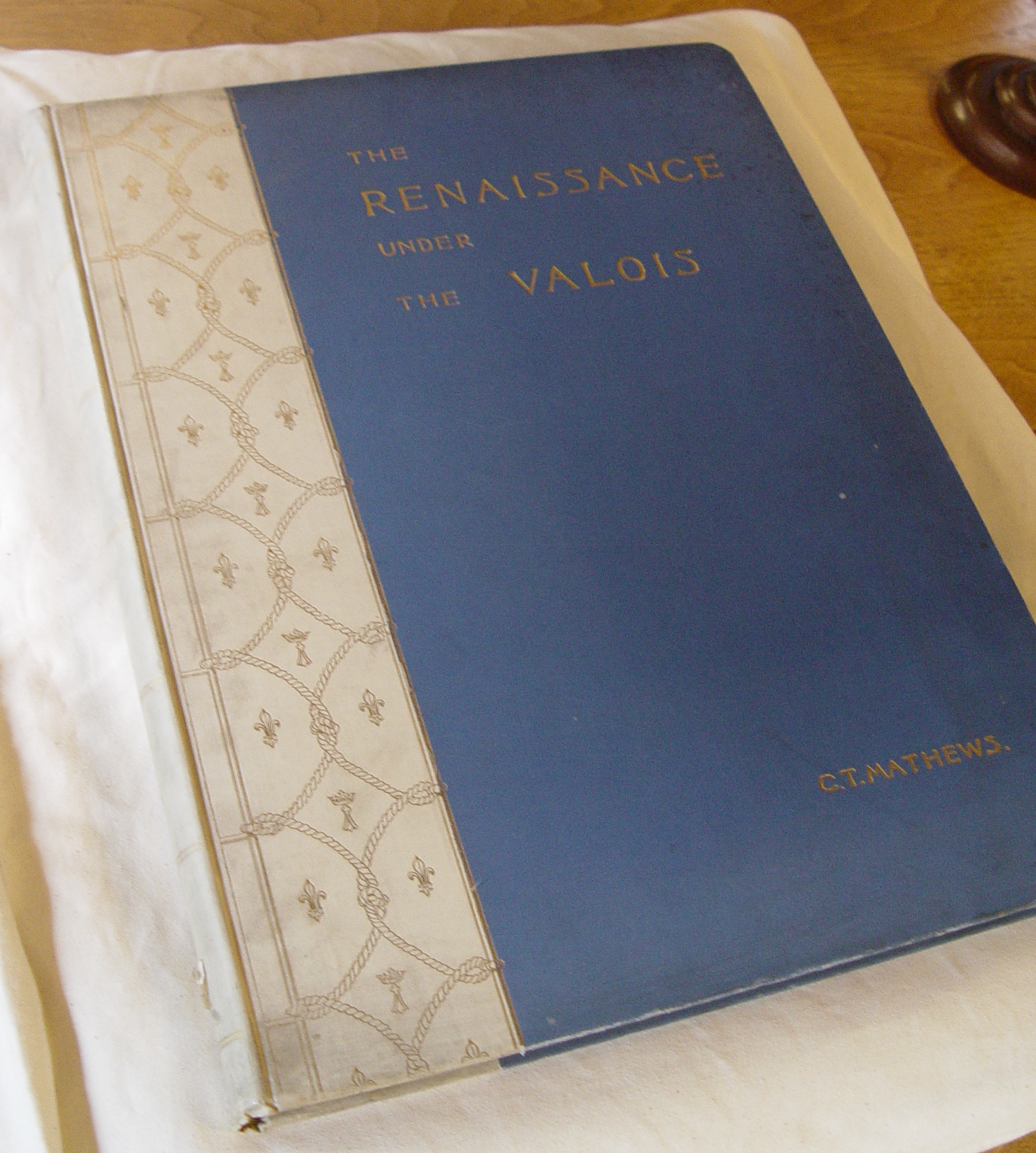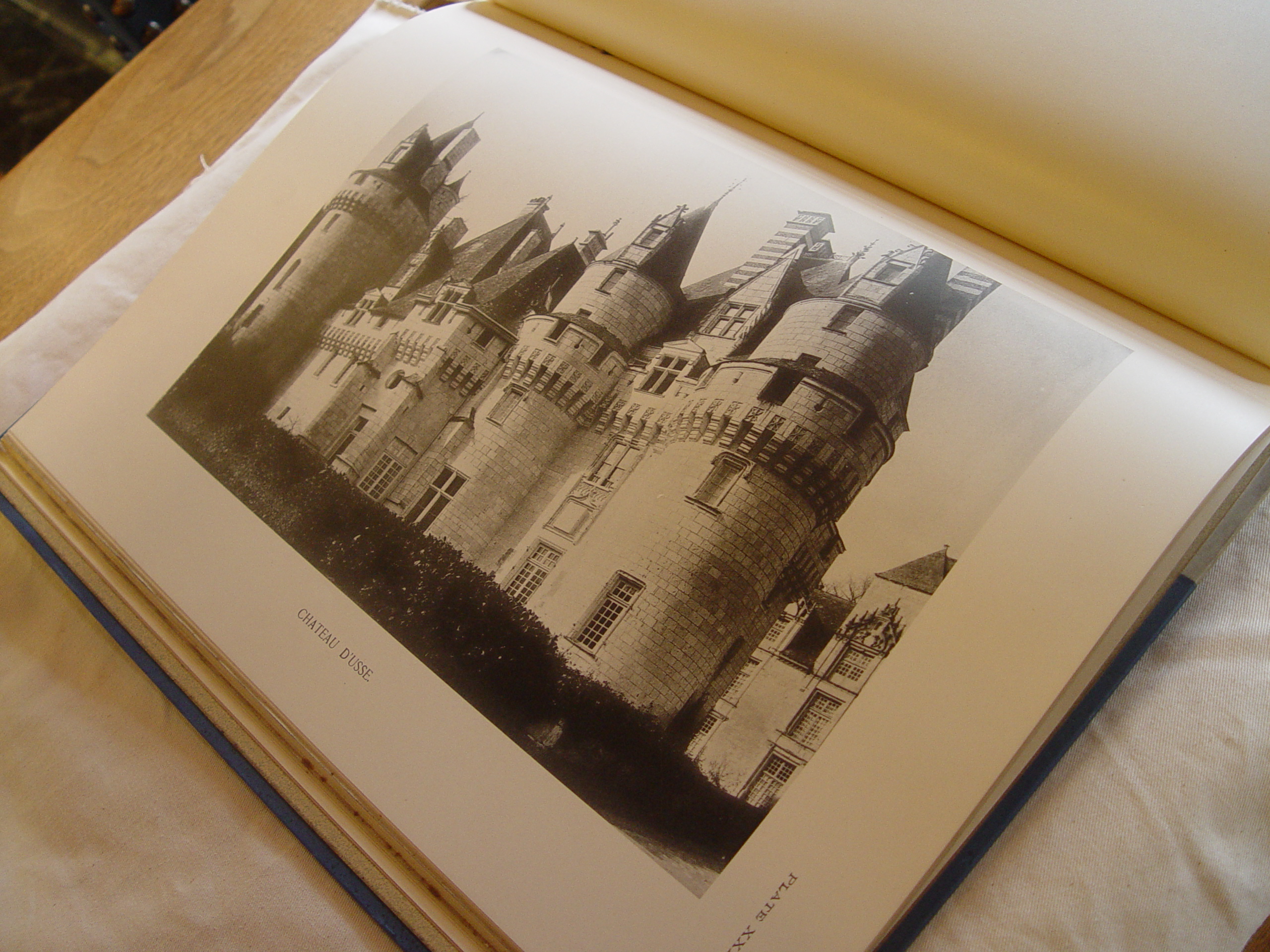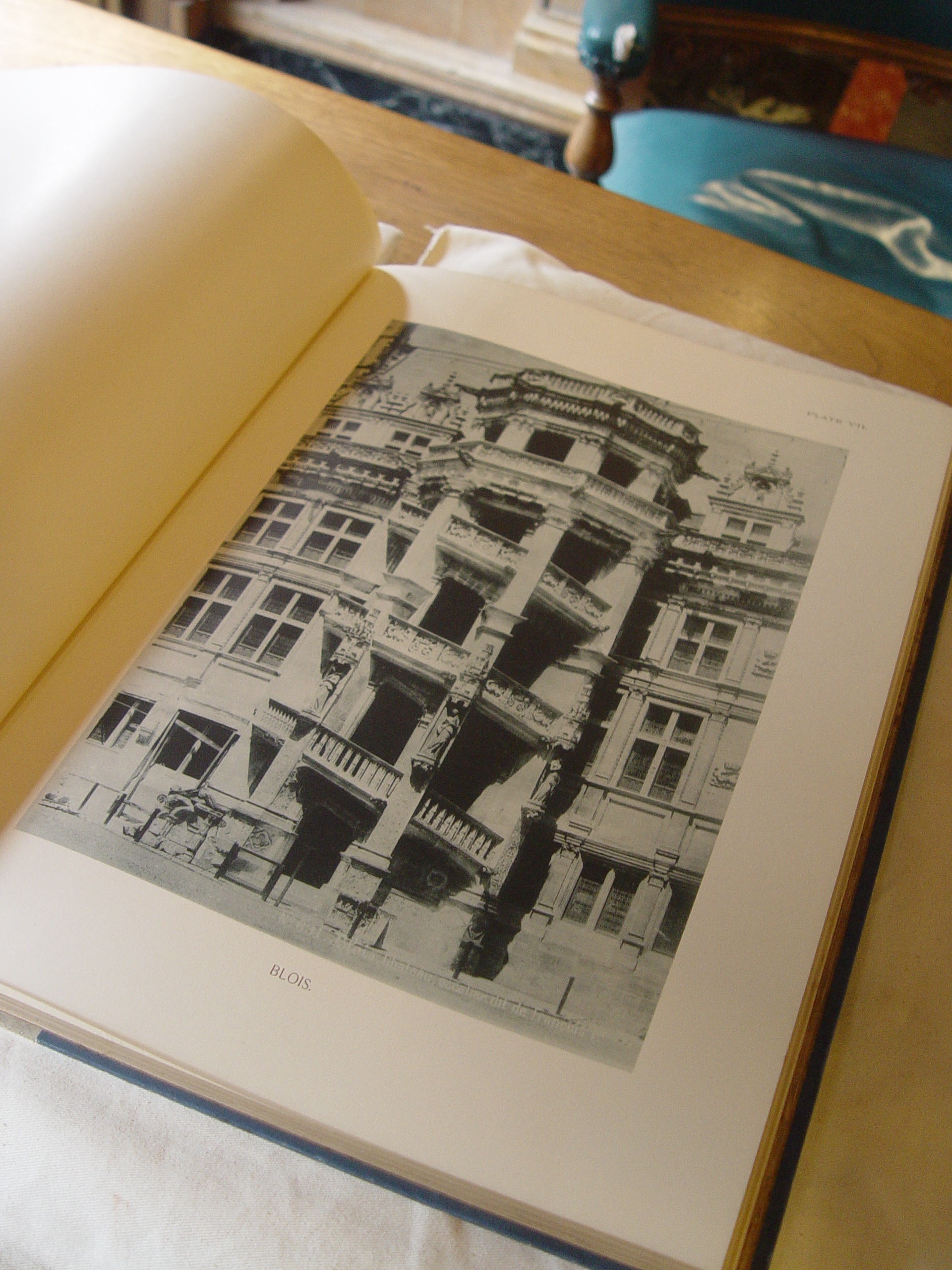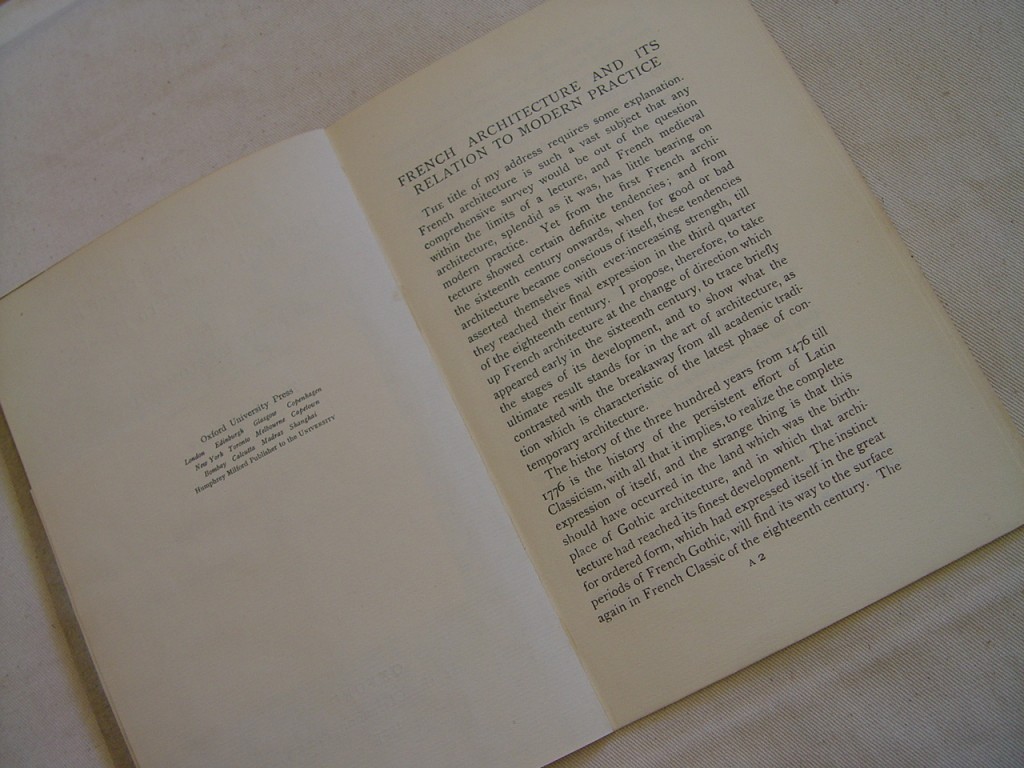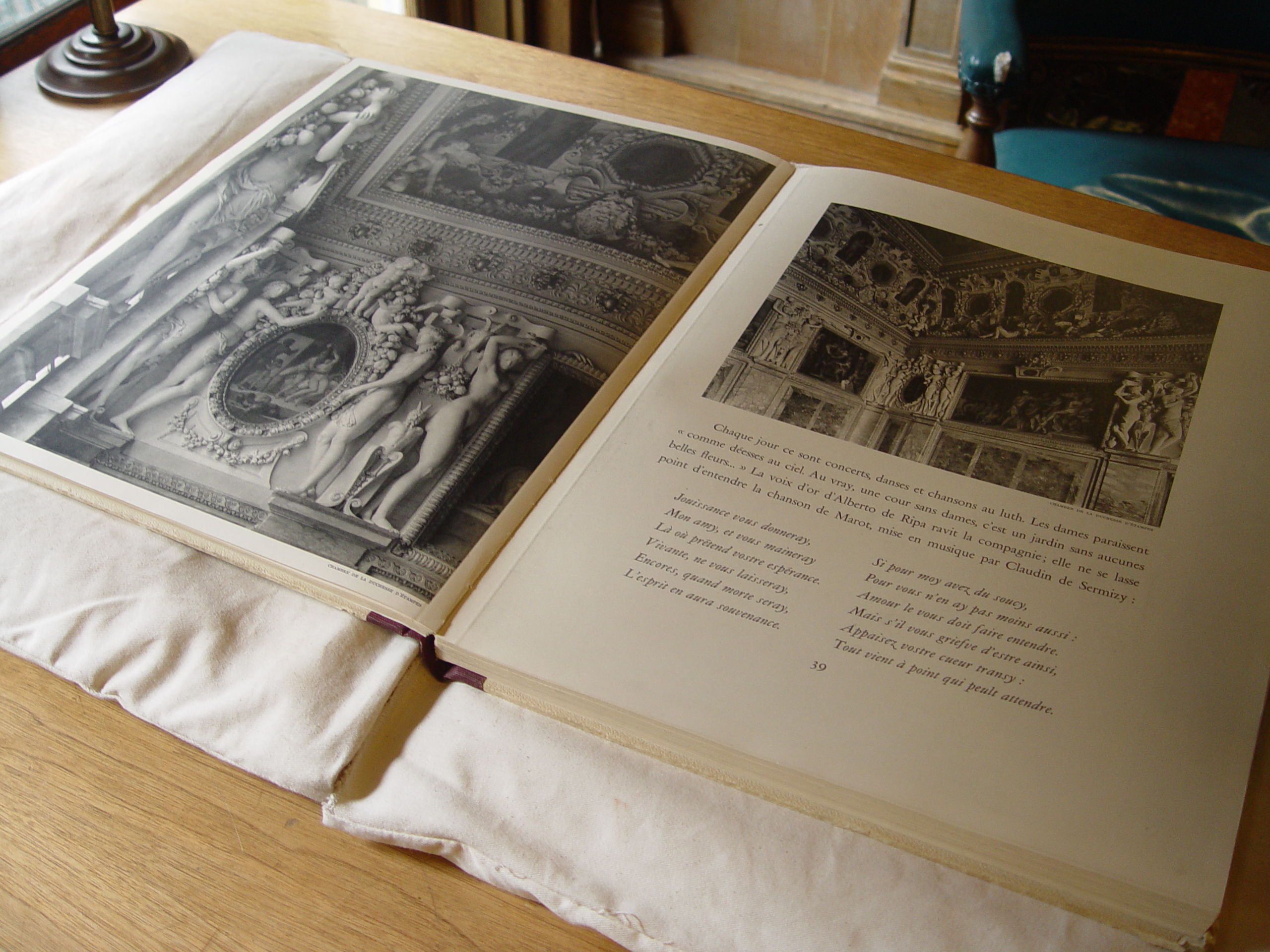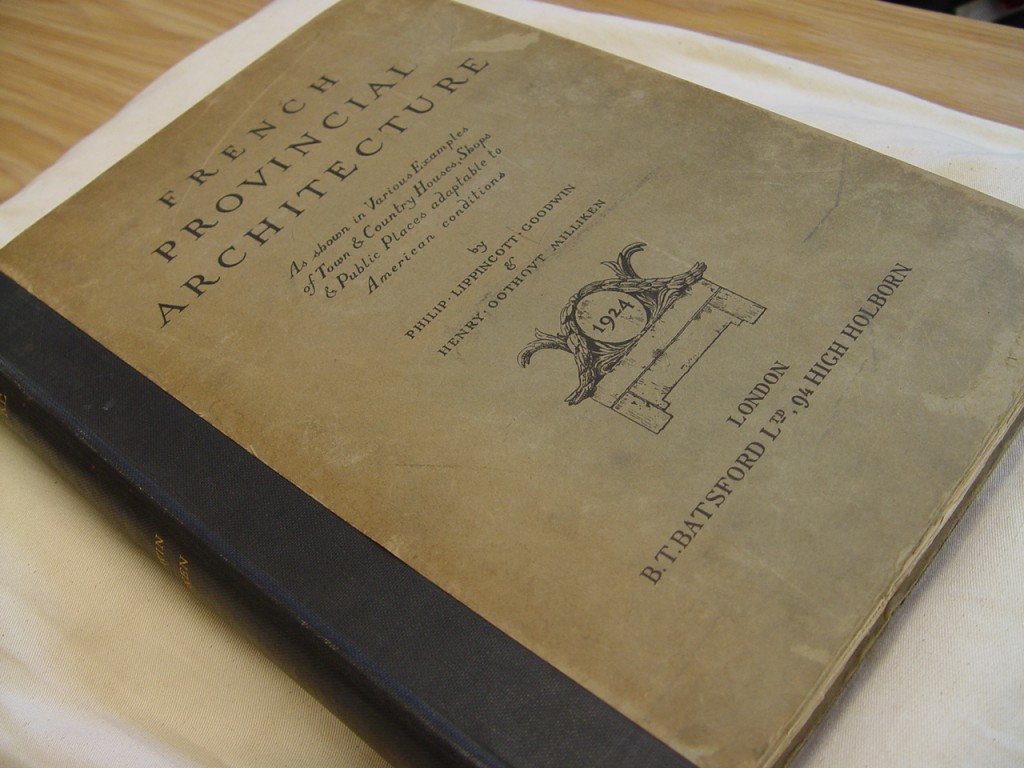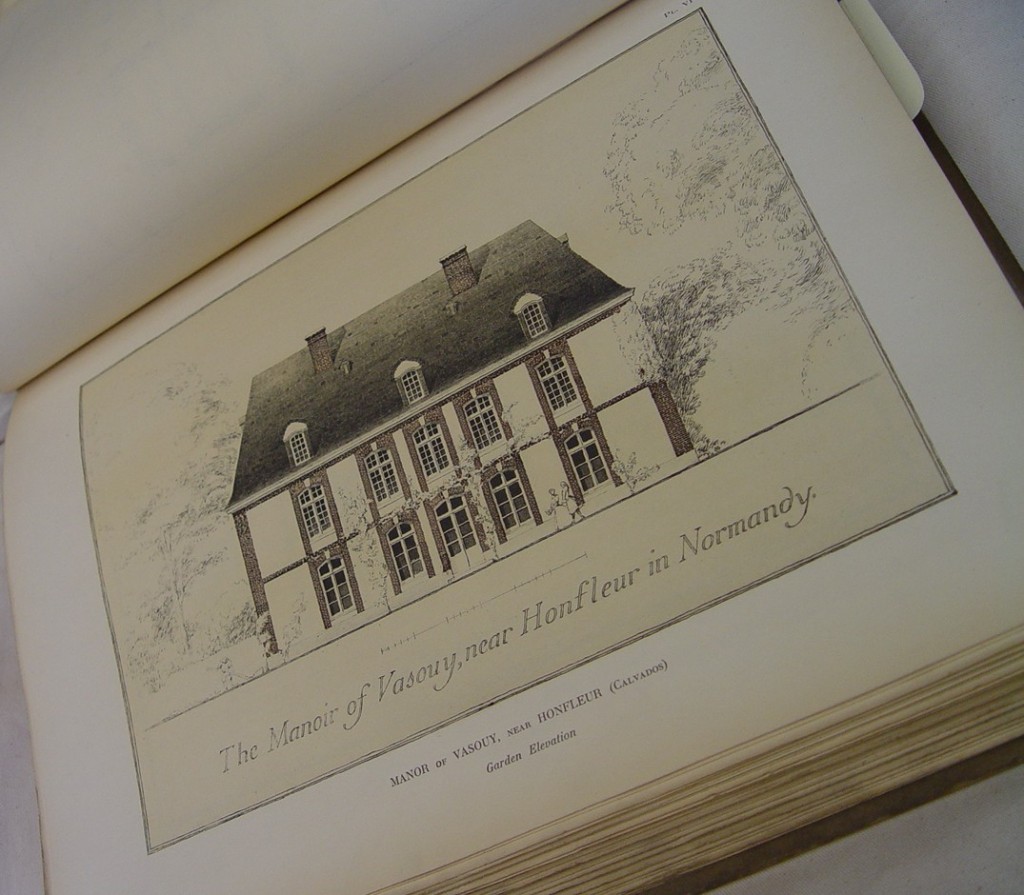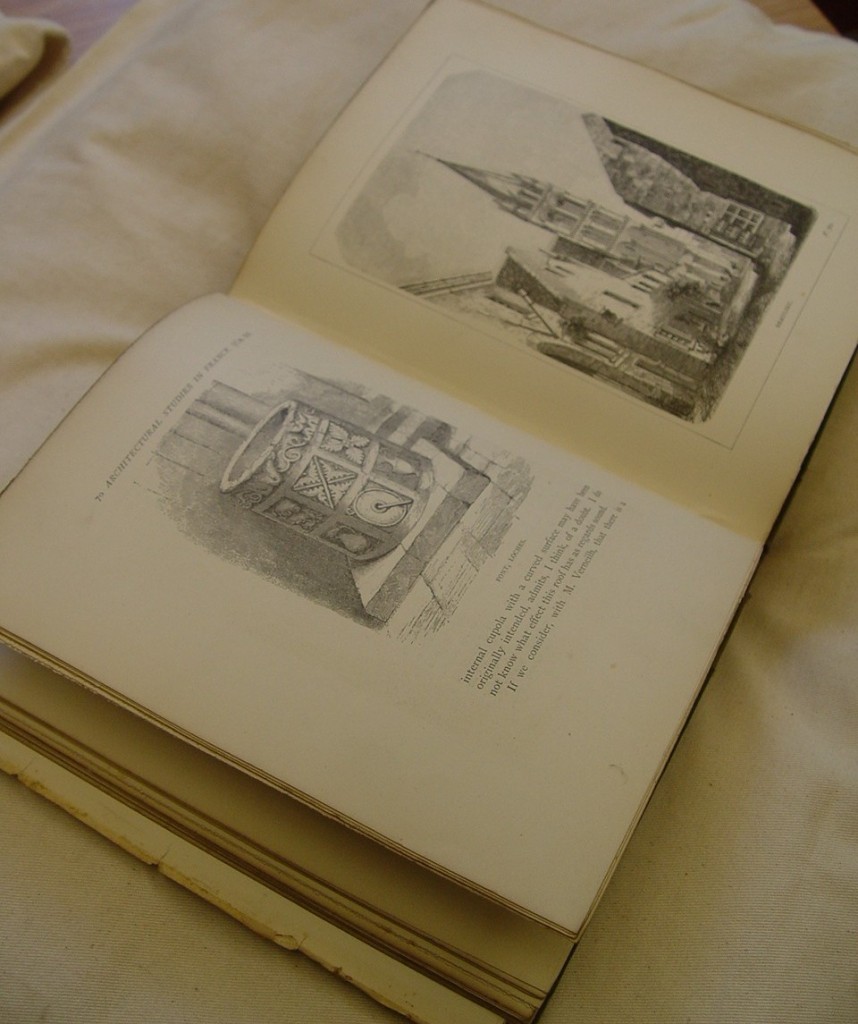Rodin, Auguste. L’art: entretiens réunis par Paul Gsell. Paris: B. Grasset, 1911.
L’art: entretiens réunis par Paul Gsell is a collection of conversations between Auguste Rodin (1840-1917), the French sculptor, and Paul Gsell (1870-1947), a journalist and art critic. Edited by Gsell and written in the literary interview style, L’art contains Rodin’s views on such varied topics as the meaning of art, the relationship between sculpture and poetry, painting, and music, his philosophy of life, and his opinions on other artists. The book also includes nearly eighty black-and-white illustrations of Rodin’s sculptures, drawings, and prints. Although L’Art is considered a classic and has been translated and re-printed many times over, what really captured my attention in this book was the inscription on the flyleaf, La beaute – “c’est le caractere et l’expression.” Rodin. An autograph from Rodin, himself!
Library of Congress call number: N 7445.3 R63 1911

